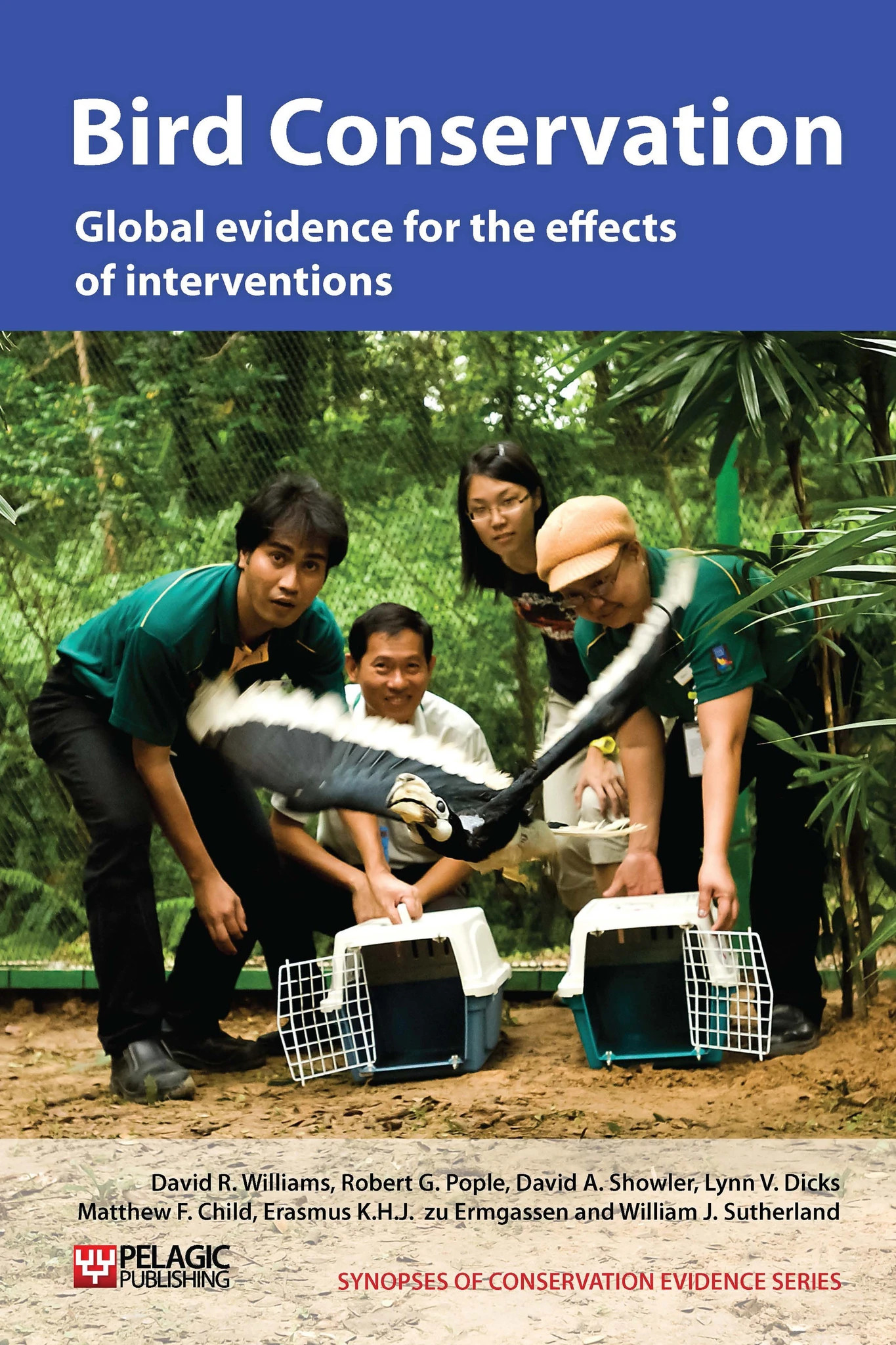Control mammalian predators on islands for gamebirds
-
Overall effectiveness category Awaiting assessment
-
Number of studies: 1
View assessment score
Hide assessment score
How is the evidence assessed?
-
Effectiveness
not assessed -
Certainty
not assessed -
Harms
not assessed
Study locations
Supporting evidence from individual studies
A replicated, controlled study on two islands (18 km2 and 23.5 km2) in the Gulf of Bothnia, Sweden between 1976 and 1984 (Marcstrom et al. 1988) found that gamebird brood sizes were significantly larger and a higher proportion of females had chicks over a four year period when predators were controlled, compared to when predators were not removed (with predator control: 5.5 chicks/brood, 77% of 378 hens had chicks; without predator control: 3.3 chicks/brood, 59% of 314 hens had chicks). . Species studied were capercaillie Tetrao urogallus, black grouse Tetrao tetrix, hazel grouse Bonasa bonasia and willow ptarmigan Lagopus lagopus, with adult capercaillie and black grouse counts increasing by 56-80% after predators had been controlled for two years, and counts at leks increasing by 166-174%. Predators (European pine martins Martes martes and red foxes Vulpes vulpes) were trapped and shot.
Study and other actions tested
Where has this evidence come from?
List of journals searched by synopsis
All the journals searched for all synopses
This Action forms part of the Action Synopsis:
Bird Conservation
Bird Conservation - Published 2013
Bird Synopsis





)_2023.JPG)














